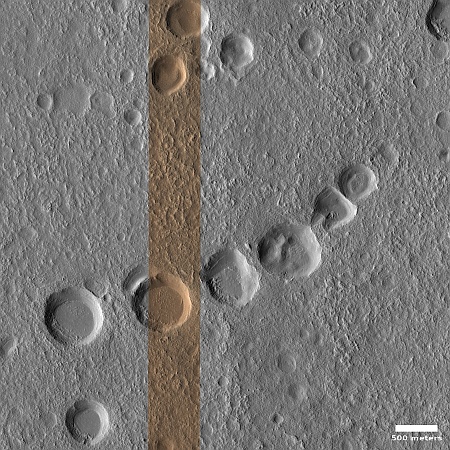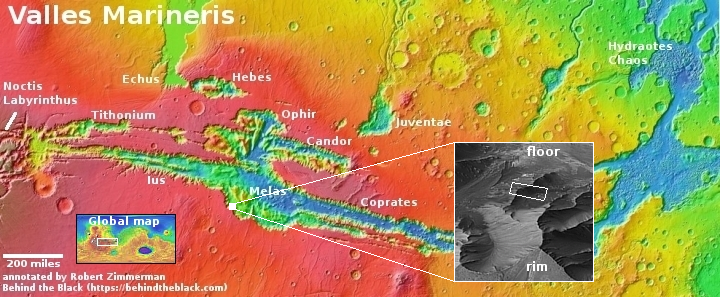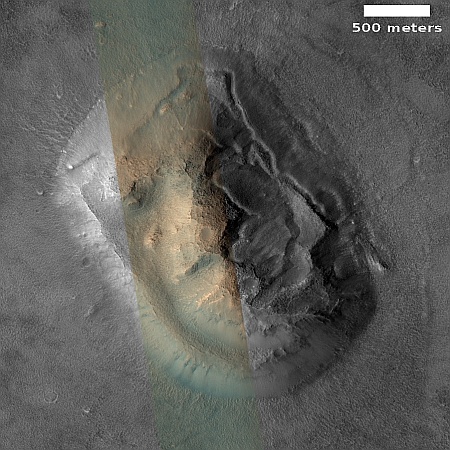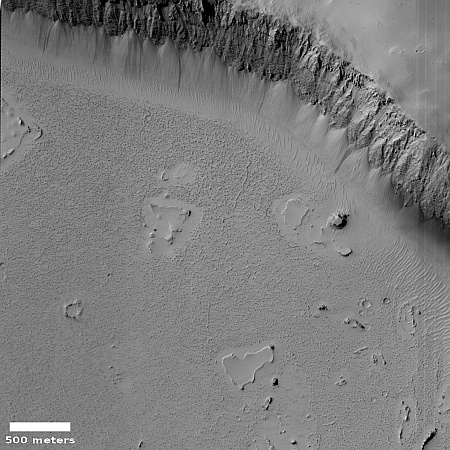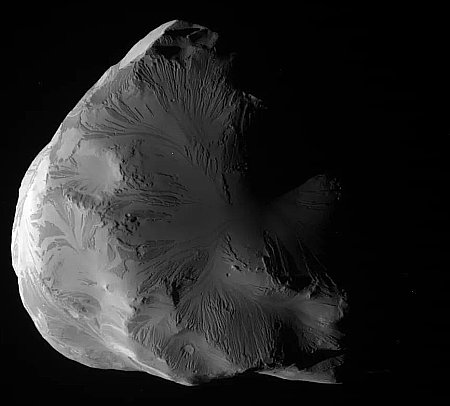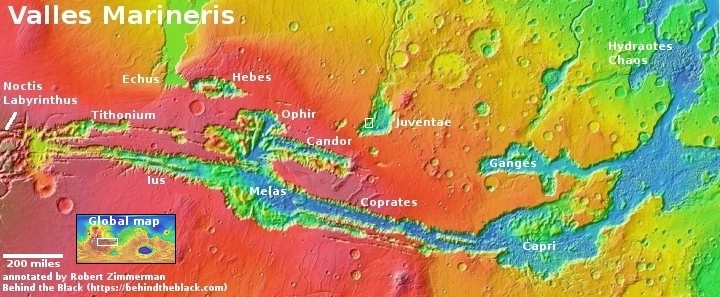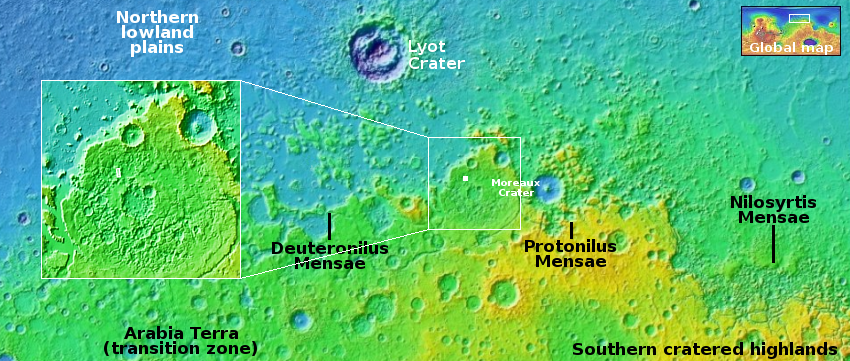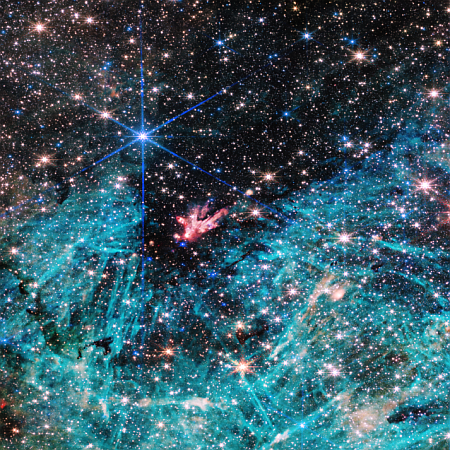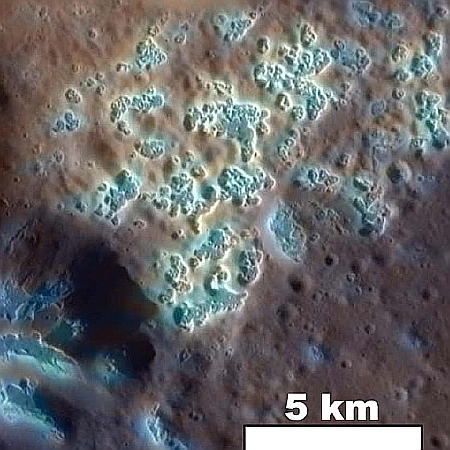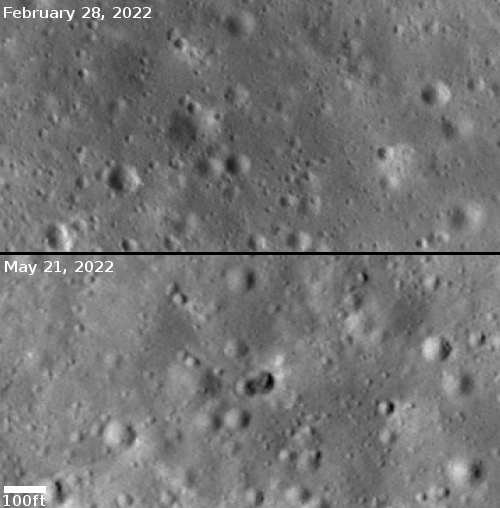In 2023 scientists set a new record for the most papers retracted
According to a report in the science journal Nature published today, in 2023 scientists set a new record for the most papers retracted in a single year and illustrating the steady rise of fake papers in recent years.
The number of retractions issued for research articles in 2023 has passed 10,000 — smashing annual records — as publishers struggle to clean up a slew of sham papers and peer-review fraud. Among large research-producing nations, Saudi Arabia, Pakistan, Russia and China have the highest retraction rates over the past two decades, a Nature analysis has found.
The bulk of 2023’s retractions were from journals owned by Hindawi, a London-based subsidiary of the publisher Wiley. So far this year, Hindawi journals have pulled more than 8,000 articles, citing factors such as “concerns that the peer review process has been compromised” and “systematic manipulation of the publication and peer-review process”, after investigations prompted by internal editors and by research-integrity sleuths who raised questions about incoherent text and irrelevant references in thousands of papers.
Wiley is moving to shut down this Hindawi subsidiary, canceling many of the journals and abandoning the name entirely. Meanwhile, the overall problem continues to grow, and threatens to get worse with the introduction of papers that can be written entirely by the new artificial intelligence software.
Much of this problem is tied to our bankrupt academic system, which judges scientists by the number of papers the publish rather than how they teach in the classroom. Thus, research scientists at universities have no motive to teach well. Instead they focus on getting papers in print, even if they have to fake it.
According to a report in the science journal Nature published today, in 2023 scientists set a new record for the most papers retracted in a single year and illustrating the steady rise of fake papers in recent years.
The number of retractions issued for research articles in 2023 has passed 10,000 — smashing annual records — as publishers struggle to clean up a slew of sham papers and peer-review fraud. Among large research-producing nations, Saudi Arabia, Pakistan, Russia and China have the highest retraction rates over the past two decades, a Nature analysis has found.
The bulk of 2023’s retractions were from journals owned by Hindawi, a London-based subsidiary of the publisher Wiley. So far this year, Hindawi journals have pulled more than 8,000 articles, citing factors such as “concerns that the peer review process has been compromised” and “systematic manipulation of the publication and peer-review process”, after investigations prompted by internal editors and by research-integrity sleuths who raised questions about incoherent text and irrelevant references in thousands of papers.
Wiley is moving to shut down this Hindawi subsidiary, canceling many of the journals and abandoning the name entirely. Meanwhile, the overall problem continues to grow, and threatens to get worse with the introduction of papers that can be written entirely by the new artificial intelligence software.
Much of this problem is tied to our bankrupt academic system, which judges scientists by the number of papers the publish rather than how they teach in the classroom. Thus, research scientists at universities have no motive to teach well. Instead they focus on getting papers in print, even if they have to fake it.


